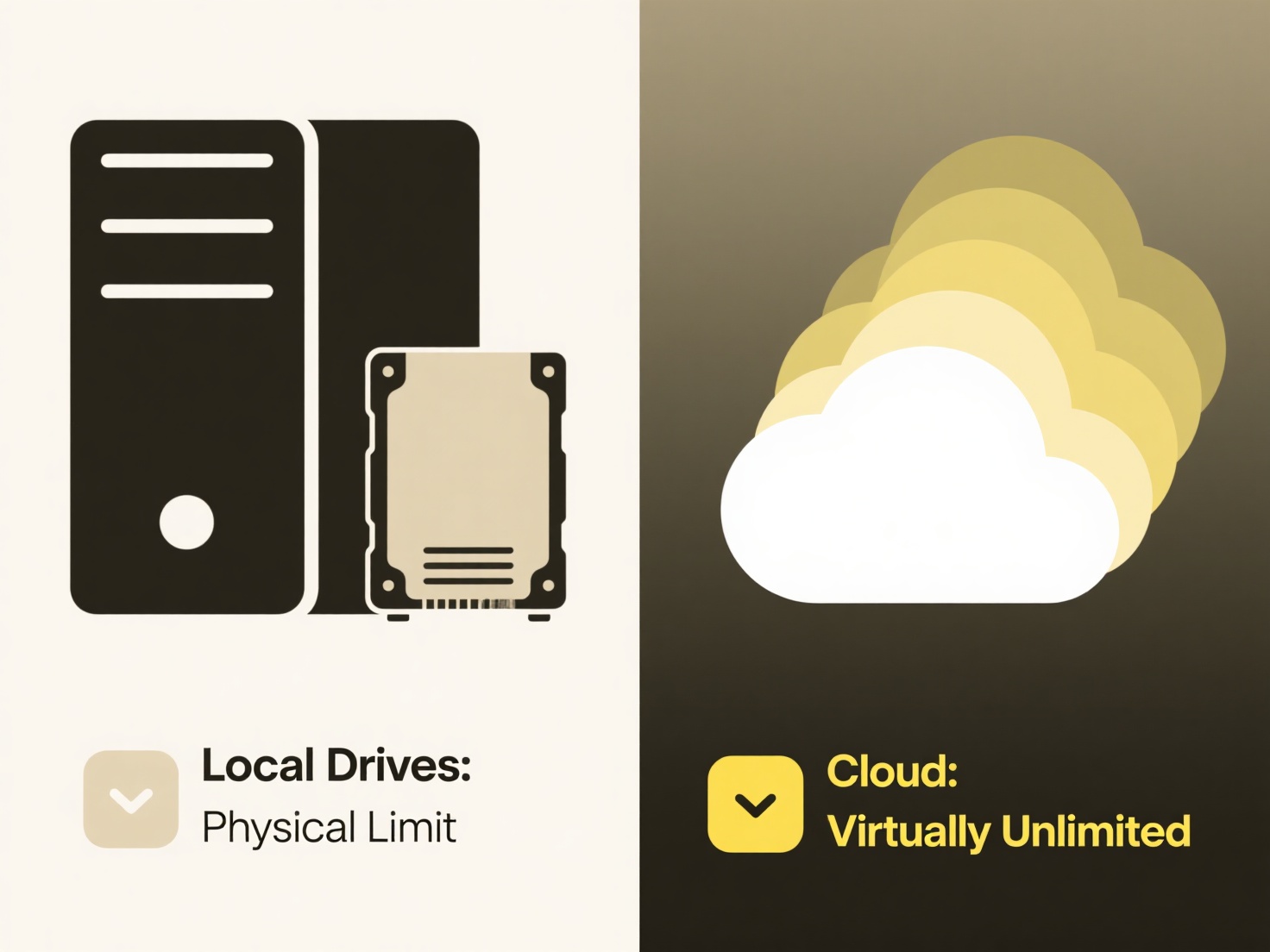
Sharing files via a QR code is possible, but indirectly. A QR code itself stores a small amount of text data, not large files. Instead, it typically encodes a web link (URL). Scanning the QR code directs the user's device to that URL where the actual file is hosted online, enabling download or access. This differs from directly embedding the file into the code.
Common uses include distributing marketing materials like PDF brochures, restaurant menus, or contact information (vCards). Public services or educational institutions often employ QR codes on posters or handouts to provide forms, event calendars, or informational guides stored securely on their servers or cloud platforms like Google Drive.

The main advantages are effortless sharing and universal smartphone access. However, limitations exist: the hosted file must remain available online, relying on internet connectivity to access it. Sharing large files this way requires sufficient cloud storage capacity. Potential security risks involve users scanning untrusted QR codes leading to malicious downloads, so users should be cautious about their source.
Can I share files with a QR code?
Sharing files via a QR code is possible, but indirectly. A QR code itself stores a small amount of text data, not large files. Instead, it typically encodes a web link (URL). Scanning the QR code directs the user's device to that URL where the actual file is hosted online, enabling download or access. This differs from directly embedding the file into the code.
Common uses include distributing marketing materials like PDF brochures, restaurant menus, or contact information (vCards). Public services or educational institutions often employ QR codes on posters or handouts to provide forms, event calendars, or informational guides stored securely on their servers or cloud platforms like Google Drive.

The main advantages are effortless sharing and universal smartphone access. However, limitations exist: the hosted file must remain available online, relying on internet connectivity to access it. Sharing large files this way requires sufficient cloud storage capacity. Potential security risks involve users scanning untrusted QR codes leading to malicious downloads, so users should be cautious about their source.
Quick Article Links
What are the benefits of using cloud storage?
Cloud storage refers to storing digital data across remote servers managed by third-party providers, accessible via the ...
How do I clean up unclassified files or files dumped into one folder?
How do I clean up unclassified files or files dumped into one folder? Managing files stored in a single, disorganized ...
What format should I use to export a website backup?
A website backup format refers to the container type used to package and store your website's files and database. Common...